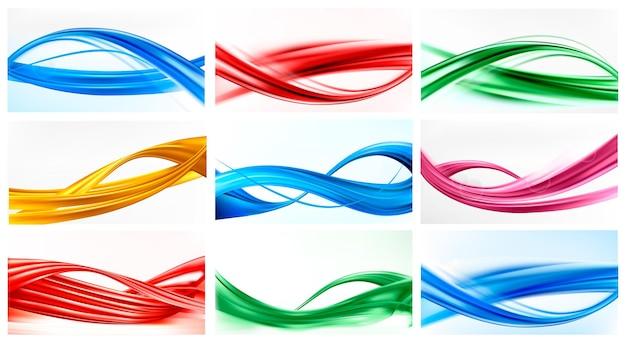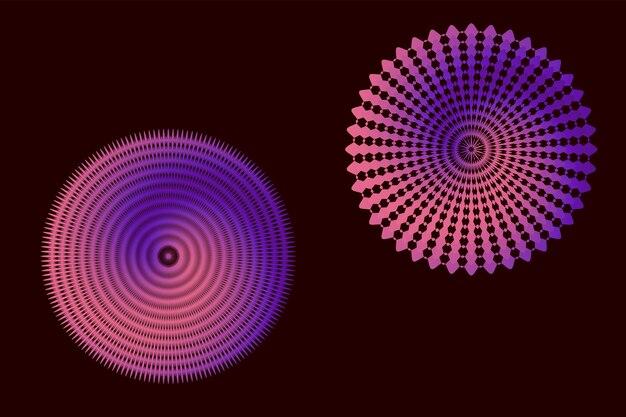Microscopes have long been a crucial tool for scientists and researchers, enabling them to explore a microscopic world that is otherwise invisible to the naked eye. With their ability to magnify tiny specimens, microscopes open up a realm of intricate details and fascinating discoveries. But with different objectives available, how do you choose the right one to locate a specimen on a slide?
In this blog post, we will delve into the world of microscope objectives and discuss which one is best suited for finding and focusing on microscopic specimens. We will also address common questions such as what happens if you use the coarse adjustment with the 10X low power lens, why microscope images appear inverted, and the three essential functions of a microscope in producing images.
So, if you’re ready to dive into the world of microscopy and explore the nuances of locating specimens on a slide, let’s get started!

Which Objective Would You Use to Locate a Specimen on a Slide?
One of the essential tools in microscopy is the objective lens, which allows us to examine microscopic specimens in great detail. But when it comes to locating a specific specimen on a slide, which objective should we use? Let’s explore the various options and their suitability for this purpose.
The Detective Objective: 4x Magnification
Imagine you’re a detective searching for clues on a crime scene. You wouldn’t start with a zoomed-in view; instead, you’d take a step back to get a broader perspective. Similarly, when trying to locate a specimen on a slide, the 4x objective lens is your detective tool.
With its low magnification power, the 4x objective provides a wide field of view, allowing you to scan the slide quickly. It’s like using a magnifying glass to search for your keys. Once you’ve identified the general area where your specimen might be, you can move on to a higher-powered objective for a closer look.
The Explorer Objective: 10x Magnification
Now that you’ve narrowed down the search, it’s time to put on your explorer hat and dive deeper into the microscopic world. The 10x objective lens is perfect for this task.
With its moderate magnification power, the 10x objective strikes a balance between a wide field of view and increased detail. It’s like using binoculars to observe wildlife in the distance. This objective allows you to navigate the slide with more precision, enabling you to spot your specimen among the surrounding cells or tissues.
The CSI Objective: 40x Magnification
Congratulations! You’ve found your specimen on the slide, but you want to gather more evidence and analyze it further. Now it’s time to bring out the big guns – the 40x objective lens, also known as the CSI objective.
With its high magnification power, the 40x objective allows you to zoom in and observe intricate details of your specimen. It’s like having a microscope within a microscope, taking you to a whole new level of investigation. However, keep in mind that using this objective requires a steady hand and patience, as even the slightest movement can shift the specimen out of view.
The Super Sleuth Objective: 100x Oil Immersion
Sometimes, finding a rare or elusive specimen requires the skills of a super sleuth. In microscopy, the 100x oil immersion objective lets you become the Sherlock Holmes of the microscopic world.
This objective achieves an incredibly high magnification level, but it comes with a twist. To use it effectively, you need to apply a thin layer of immersion oil between the objective lens and the slide. This helps enhance the resolution and clarity of the image. It’s like using a secret formula or unlocking a hidden door in your investigation.
However, keep in mind that using the 100x oil immersion objective requires expertise and a delicate touch. A single fingerprint or a speck of dust can ruin your chances of locating your specimen accurately.
When it comes to locating a specimen on a slide, choosing the right objective lens is crucial. The 4x objective acts as your detective lens, the 10x objective helps you explore with precision, the 40x objective turns you into a CSI investigator, and the 100x oil immersion objective transforms you into a super sleuth.
By understanding the strengths and limitations of each objective, you can navigate the microscopic world with confidence and unveil the hidden treasures that await your discovery. So go forth and unleash your inner microscope detective, explorer, CSI investigator, or super sleuth – the microscopic realm eagerly awaits your exploration!

FAQ: Which Objective Would You Use to Locate a Specimen on a Slide?
Which Objective Lens Should You Use to Locate a Specimen on a Slide
When it comes to zooming in on those tiny wonders under the microscope, it’s important to choose the right objective lens. For locating a specimen on a slide, the ideal choice would be the low-power objective lens, typically 10X. This lens provides a broader field of view, making it easier to find and center your specimen.
What Happens if You Try to Use the Coarse Adjustment with the 10X Low Power Lens
Ah, the temptation to tinker with the knobs, we’ve all been there. But here’s a word of caution: avoid using the coarse adjustment when the 10X low-power lens is in place. Why, you ask? Well, remember that the coarse adjustment moves the stage up and down quite briskly, which could result in the objective lens crashing into the slide. And trust me, that’s an unwanted rendezvous that might make you wish you had a microscope repair hotline on speed dial.
What Does It Mean When an Image is Inverted in a Microscope
Now, it’s quite normal to be puzzled when you peer through a microscope and find yourself staring at an upside-down world. But fear not, you haven’t entered an alternate dimension (although that’d be pretty cool). This inverted image phenomenon is a characteristic of many microscopes. But why does it happen? Well, without diving too deep into the physics of optics, let’s just say that it has to do with the way light rays are refracted by lenses. So, embrace the topsy-turvy view—just remember not to try pouring your morning coffee into the objective lens (trust me, you won’t be delighted with the results).
What Three Things Does a Microscope Do to an Image
A microscope may look like a fancy tube with some knobs and glass, but oh boy, does it work its magic! Here are the three things a microscope does to bring those minuscule marvels into focus:
-
Magnification: The microscope amplifies the size of your specimen, allowing you to see fine details that would otherwise be invisible to the naked eye. It’s like turning on the microscope’s superpowers to enter the realm of the infinitesimally small.
-
Resolution: This nifty feature determines the level of detail you can discern. A microscope with higher resolution will reveal finer structures, making the organisms or cellular components come alive with intricate textures. It’s like going from a pixelated image to high-definition.
-
Contrast: Microscopes also enhance the contrast of the image, making the different parts of your specimen stand out. So, you can thank the microscope for helping you spot those elusive cells and organelles amidst the intricate chaos of biological wonders.
What is the Magnification Power if the Ocular is 10X and the Objective Lens is 40X
A little math never hurt anyone, especially when it comes to understanding the wonders of microscopic magnification. So, let’s crunch some numbers, shall we? If you have a 10X ocular (also known as the eyepiece) and a 40X objective lens, you can calculate the total magnification by multiplying the two values together. Ta-da! The grand result is a staggering 400X magnification power. Prepare yourself for a mind-blowing journey to a world of infinitesimal beauty.
How Does Magnification Affect the Image Formed Under a Microscope
Magnification is like putting on a pair of microscopic glasses—it brings those teeny-weeny structures into focus and reveals their hidden secrets. As you increase the magnification, the image of your specimen becomes larger, allowing you to see finer details. However, it’s essential to keep in mind that higher magnification usually comes at the price of a narrower field of view. So, it’s a trade-off between seeing more of the specimen and seeing the intricate details up close. It’s like choosing between a wide scenic vista or getting up close and personal with a miniature world. Decisions, decisions!
What New Details Can You See on the Slide When the Magnification is Increased to 10X
Ah, the delight of boosting the magnification to explore unseen realms! When you increase the magnification to 10X, your eyes are in for a treat. Suddenly, invisible structures start revealing themselves, like undercover agents stepping into the spotlight. You might begin to discern the intricate patterns on the surface of cells, catch a glimpse of the fascinating textures that make up tissues, and spot the tiny organelles bustling about in their microscopic metropolis. It’s like upgrading from a blurry black-and-white photograph to a high-definition cinematic masterpiece. Buckle up, because you’re in for a dazzling ride!
Is the Image Darker When Using the Low Power Objective
Ah, the age-old question of brightness under the microscope. Well, when using the low-power objective, you might notice that the image appears darker compared to the higher magnification lenses. This darkening effect is because the low-power lens allows more light to pass through, resulting in less contrast between the specimen and the background. But fear not, you can always adjust the lighting or fiddle with the microscope’s aperture to find that sweet spot of illumination. It’s like finding the perfect lighting for a theatrical performance—strike a balance, and watch those tiny actors shine!
And there you have it, folks! The answers to some burning questions about finding your way through the microscopic wonders of a slide. So, strap on your lab coat, grab your trusty microscope, and let’s embark on an adventure to uncover the hidden beauty that lies beneath our vision’s threshold. Remember, the tiniest worlds often hold the grandest surprises!
